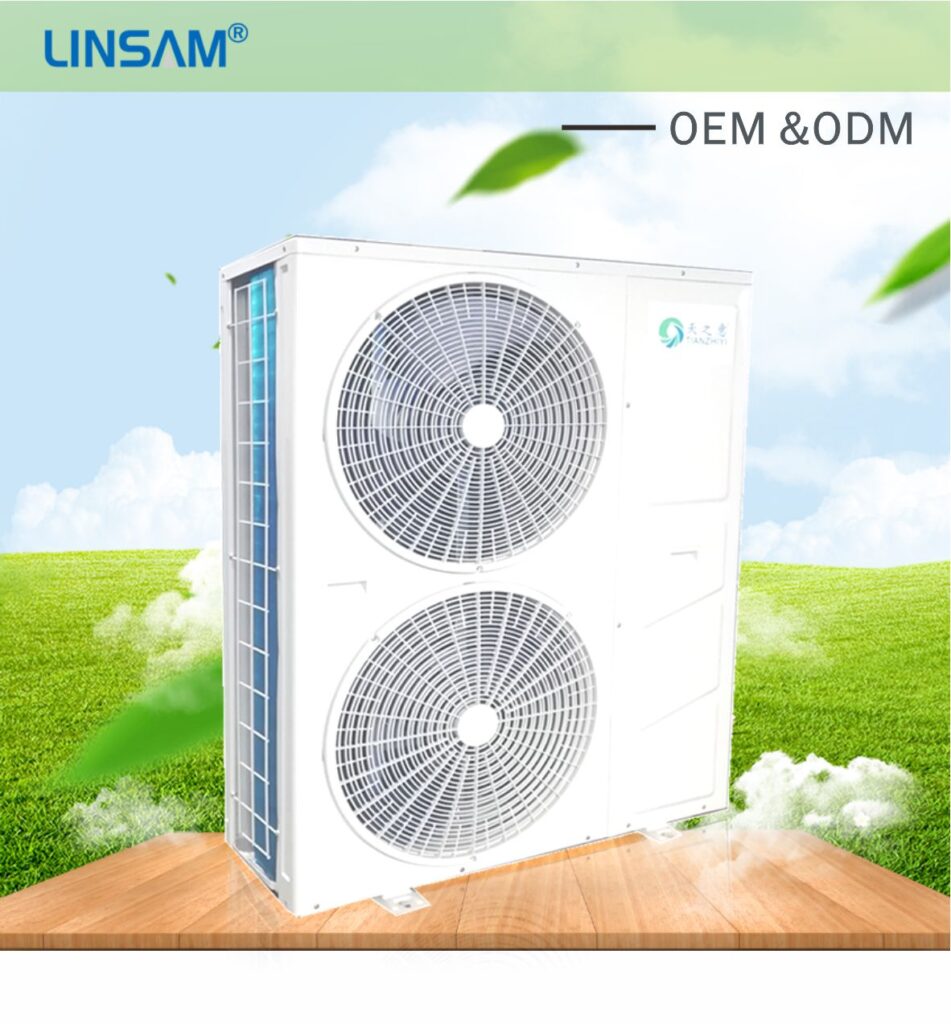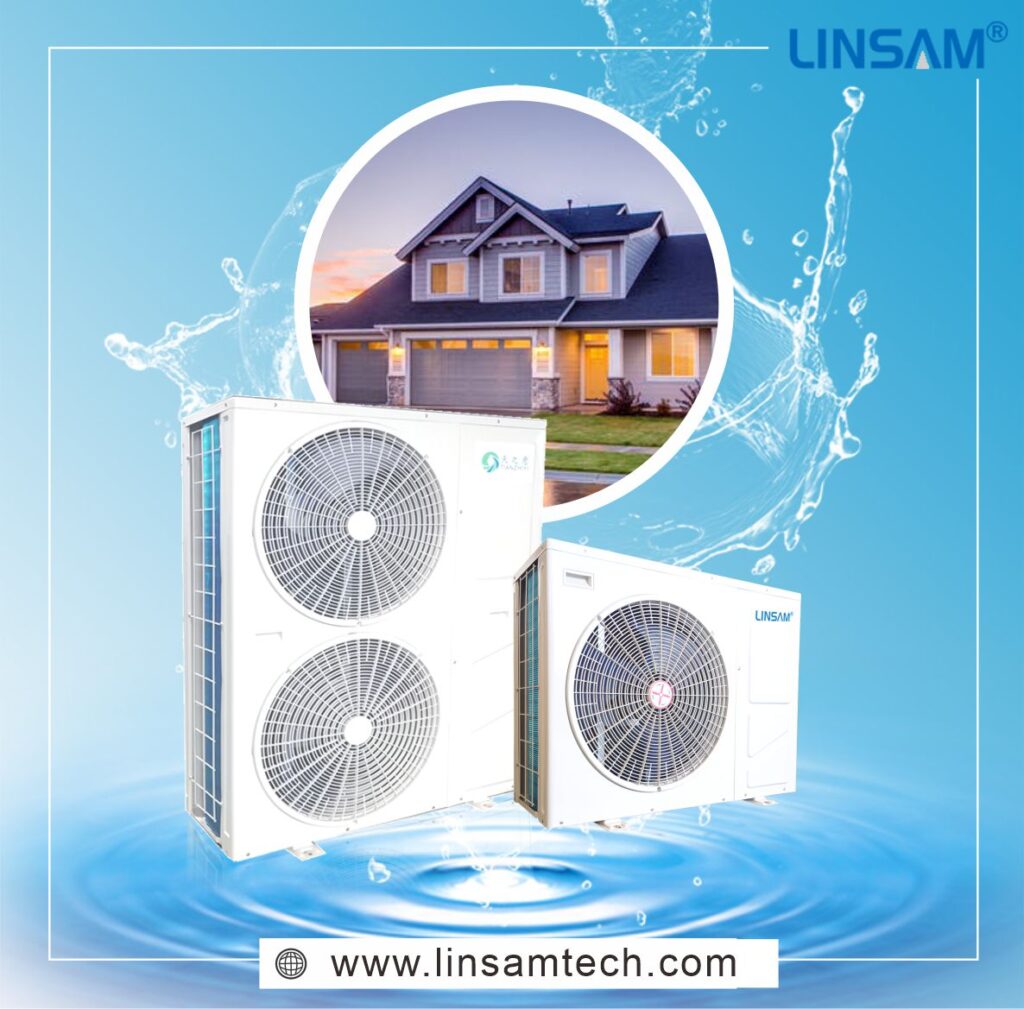Due to the differences in water quality in different regions where air source heat pump systems are used, the same system may encounter different post-sales issues after a period of time. For example, in areas where the water hardness is low and the alkalinity is high, the heat exchanger and pipes are prone to corrosion due to the high alkalinity, which can lead to pipe rupture and refrigerant loss after prolonged operation. In another region where both water hardness and alkalinity are high, scaling may occur in the pipes and heat exchanger. When the scale thickness reaches a certain value, the heat transfer efficiency will be affected, and the pressure in the refrigerant part of the heat exchanger will increase due to the inability to remove heat, leading to the shutdown of the air source heat pump. Corrosion and scaling issues are not limited to the above-mentioned areas but are common problems, especially scaling.
Common scale removal methods
For equipment subjected to corrosion, the simplest solution is to change the material composition of the pipes and heat exchanger surfaces, such as using corrosion-resistant and wear-resistant materials or applying special coatings to the water side of the pipes and heat exchangers. This is the most effective and widely adopted method.
As for scaling issues, although the material of the pipe wall affects the rate of scaling, it is not sufficient to completely solve the problem. Therefore, water needs to be pretreated using physical or chemical methods. Currently, there are various methods used for scale removal, and we will summarize and compare their advantages and disadvantages.
Existing scale removal methods can be divided into chemical scale removal and physical scale removal. Chemical scale removal methods include water softening, addition of scale inhibitors, and acid cleaning. Water softening is a reliable and effective scale prevention technique commonly used in hospitals’ reverse osmosis pure water systems and central air conditioning circulating cooling water systems with high water quality and continuous water supply requirements. However, when applied to air source heat pump systems, we can see that there are many inconveniences. Firstly, additional equipment is required, and salt needs to be replenished regularly, increasing the complexity of operation. This deviates from the initial intention of users to save energy, space, and reduce operational workload. In addition, the cost of maintenance personnel and equipment installation and procurement, compared with other hot water systems, diminishes the advantages of air source heat pumps. Moreover, most people do not like to bathe with soft water because it feels slippery, which is not very comfortable. Therefore, using softened water in air source heat pump systems is not practical.
The addition of scale inhibitors is also not feasible in air source heat pump systems because the current scale inhibitors cannot guarantee no side effects on the human body. Taking polyphosphoric acid as an example, it requires the addition of dedicated dosing equipment, which causes certain water pressure loss in the pipeline and requires dedicated personnel for dosing. Due to these drawbacks, this method cannot be widely applied.
Periodic acid cleaning is another direct solution. There are mature acid cleaning schemes for industrial circulating water systems and boiler hot water systems. However, in practical applications, we have found that the scaling rate in air source heat pump systems is very fast. This is because air source heat pump systems generally set the highest temperature of the water tank (circulation system) or outlet water (direct discharge system) at 50-60 degrees Celsius, which is a temperature at which scaling easily occurs. Therefore, in areas with relatively hard water, acid cleaning must be performed every 2-3 months or even every month. Due to the specific nature of the water supply target, water supply to users must be interrupted during acid cleaning, unlike some boiler hot water systems that can undergo continuous acid cleaning at low concentrations. The high frequency of acid cleaning is unacceptable for ordinary household users, and for commercial systems such as bathtubs and hotels, it poses the risk of interrupted hot water supply or even suspension of business. How to control the acid dosage during acid cleaning? Using too little will waste time, while using too much will corrode the equipment, which often puts users in a dilemma.
Finally, let’s talk about physical scale prevention and removal methods, which are not well known to most people. Physical scale prevention and removal methods have been developed for more than 10 years, starting from permanent magnet devices and gradually evolving into high-frequency electronic scale removal devices, whole-process water treatment devices, and now electronic induction water treatment devices. The technology is continuously maturing, and its effectiveness is gradually being recognized and accepted by many. Below, we will compare the commonly seen physical scale prevention and removal devices on the market:
Permanent magnet devices: From what I have seen so far, the appearance of this type of product is generally a circular permanent magnet that is placed on a straight pipe. The magnetic field it generates is used to treat the water flowing through the pipe. However, its application is mostly for larger pipe diameters (generally pipes with an outer diameter of 100mm or more). Since its magnetic field frequency and intensity are fixed, it has a relatively narrow range of water quality applicability. It may work well under certain specific water quality conditions, but may lose effectiveness when the water quality changes. Therefore, it is an unreliable product. In addition, since the inlet pipe diameter of the air source heat pump is generally 33mm-55mm, this product is not suitable.
High-frequency electronic scale removal devices: This method is still partially used, but its disadvantages are obvious and it is gradually being phased out by the market. The installation requires cutting the pipeline, which is troublesome, and the electrodes are prone to adhere to suspended solids in the water, causing system failure. Some manufacturers have recently coated the electrodes with PTFE to prevent adhesion of suspended solids, but in practical applications, it has been found that this coating is easily removed after a period of flushing in water with a higher suspended solid concentration (SS). The problem has not been well solved.


